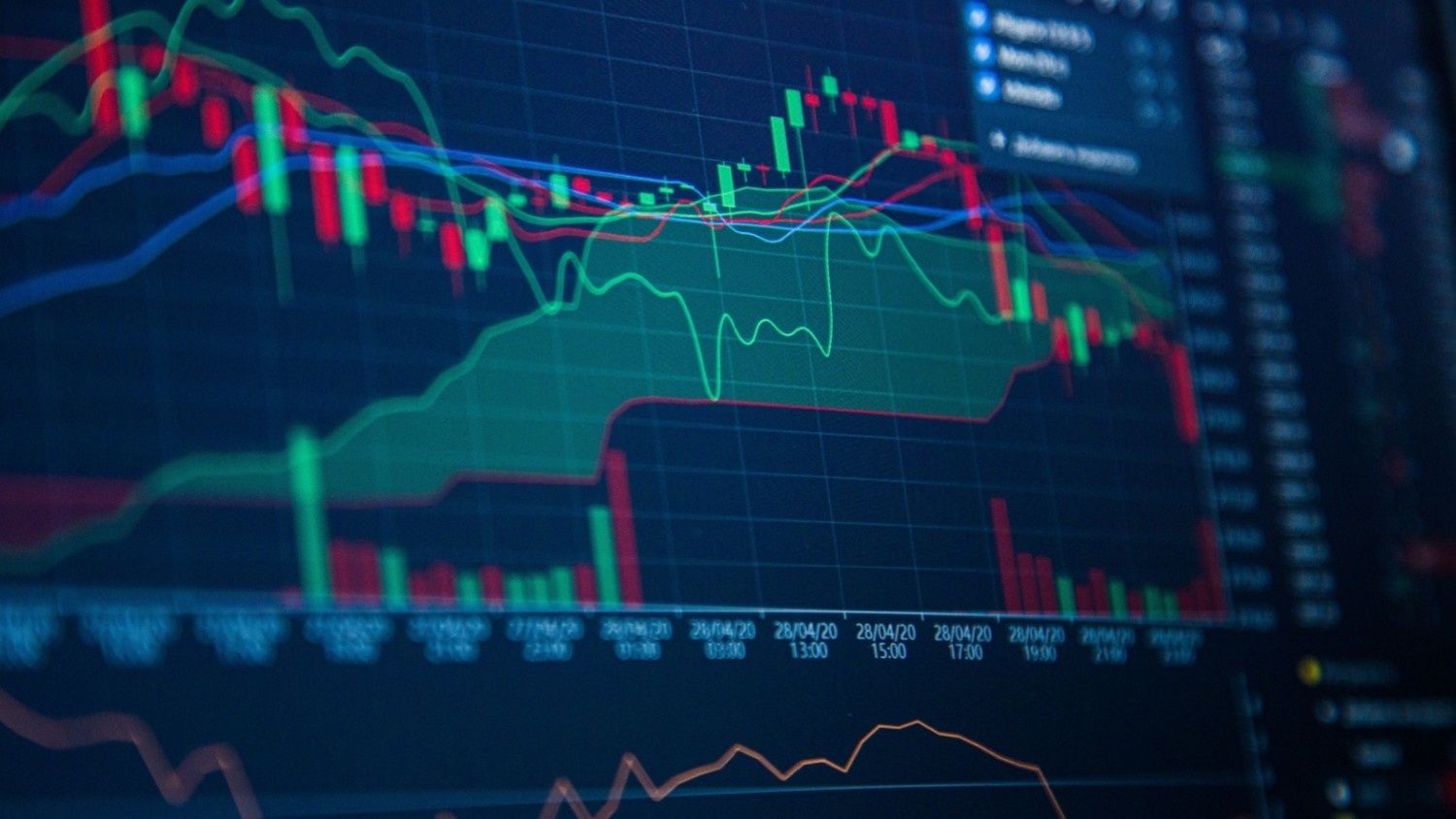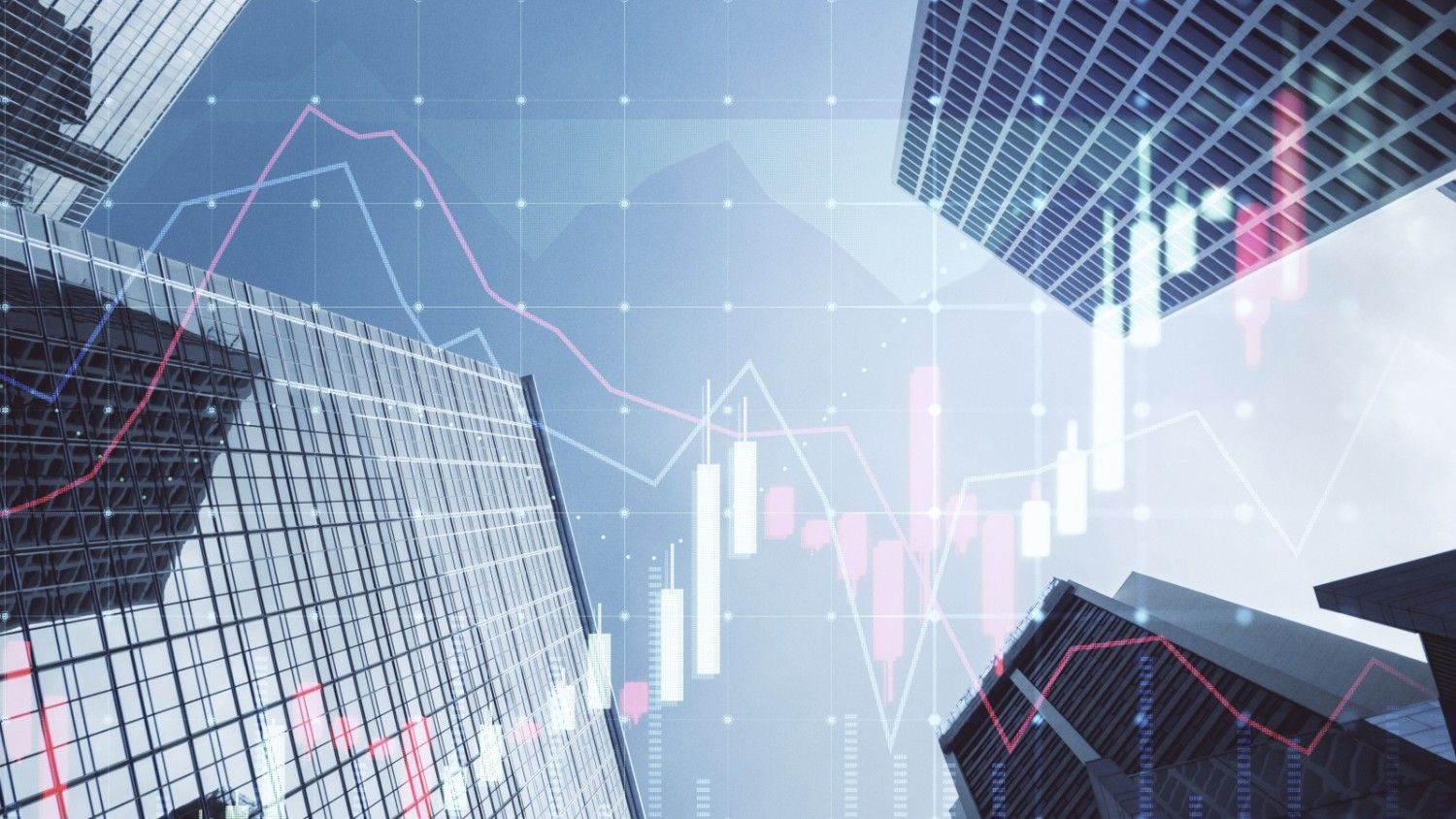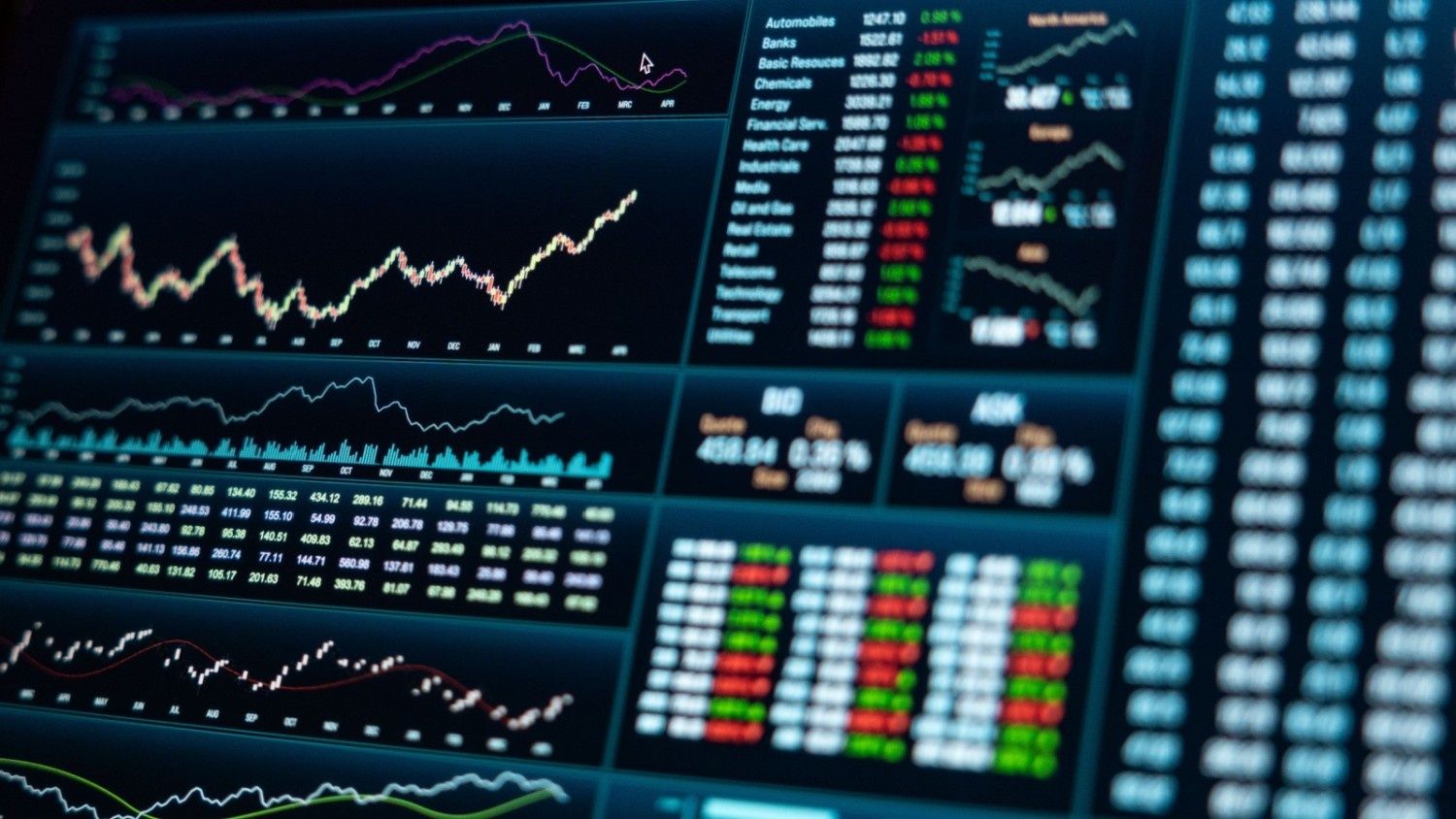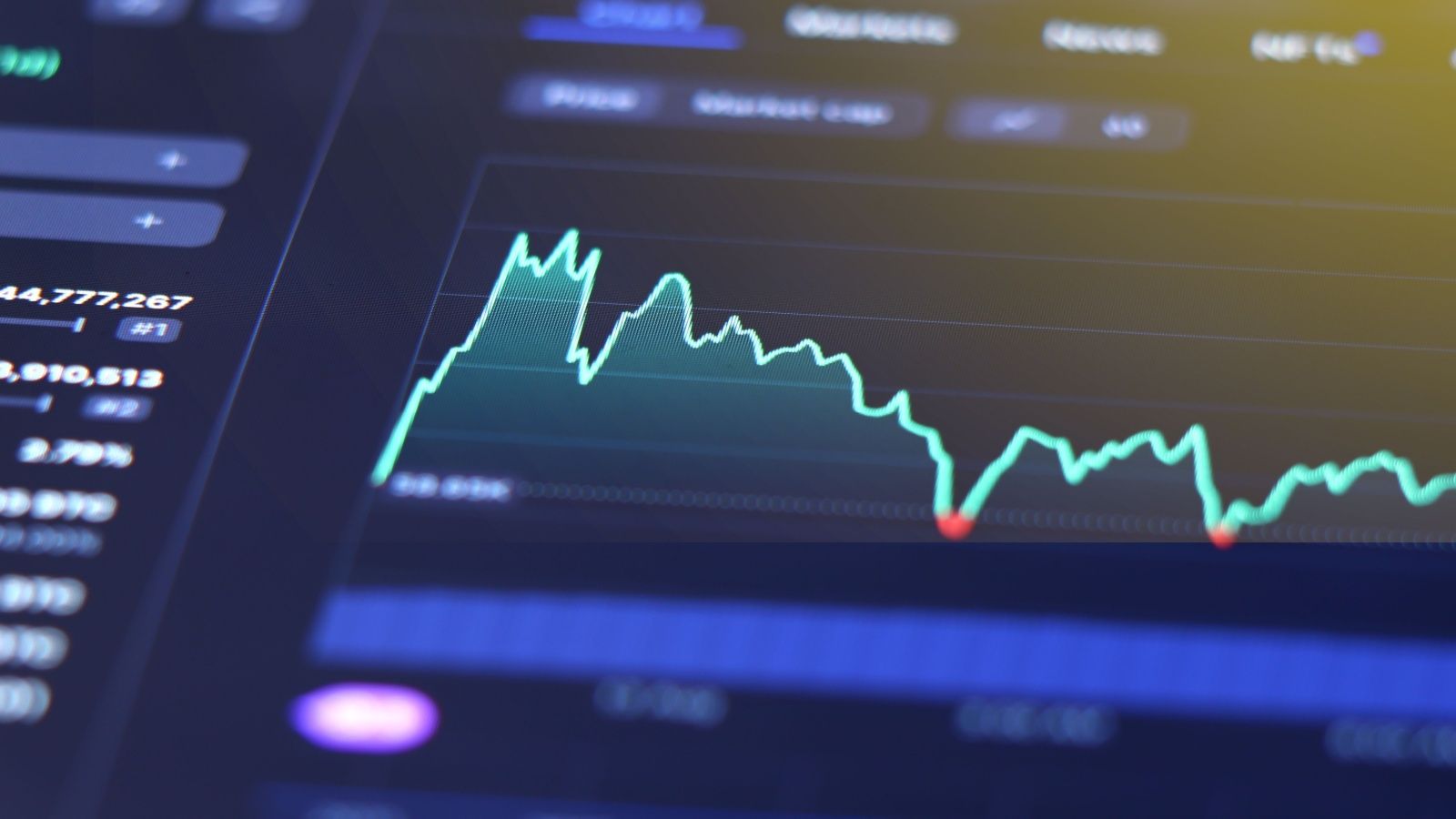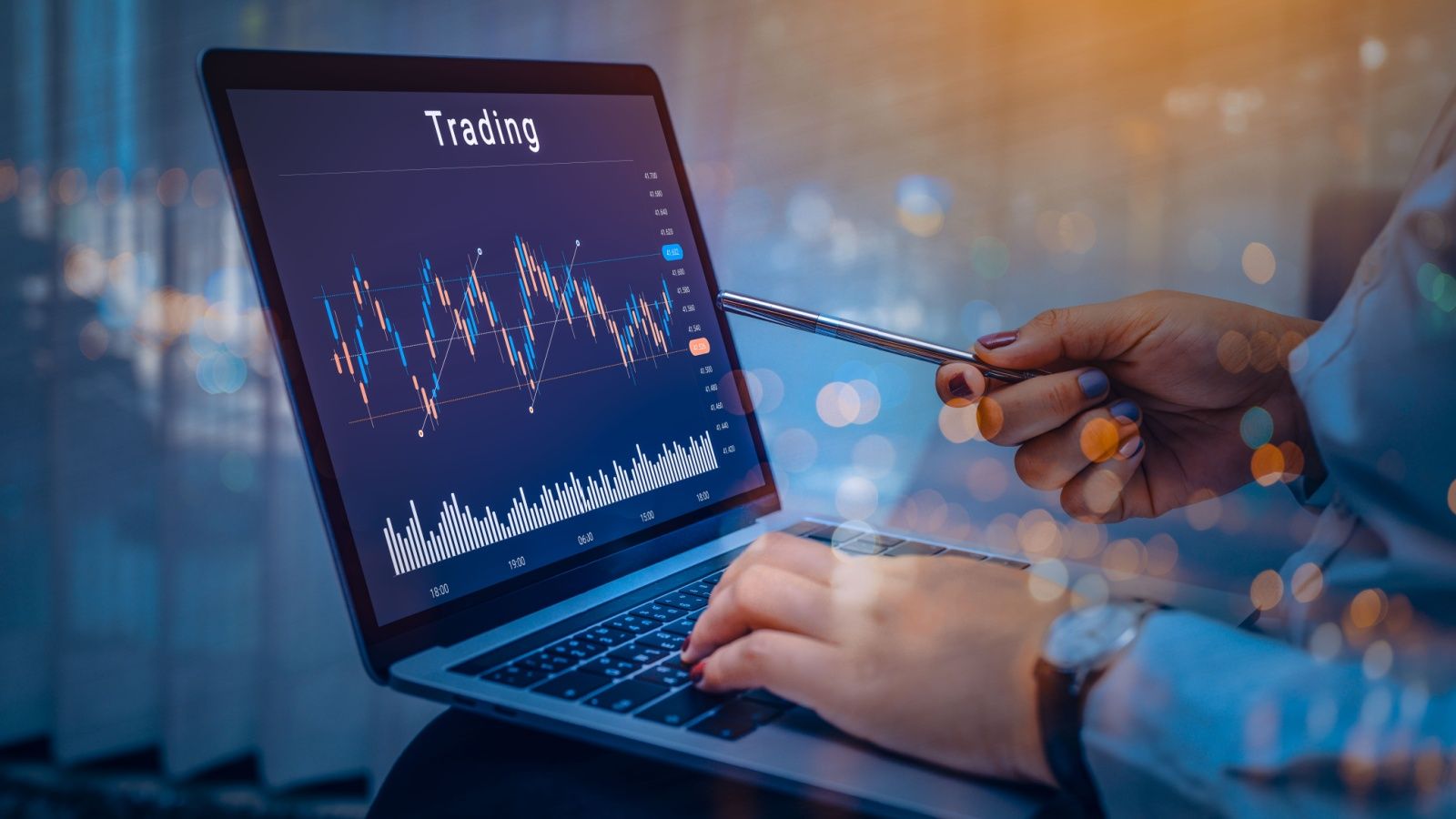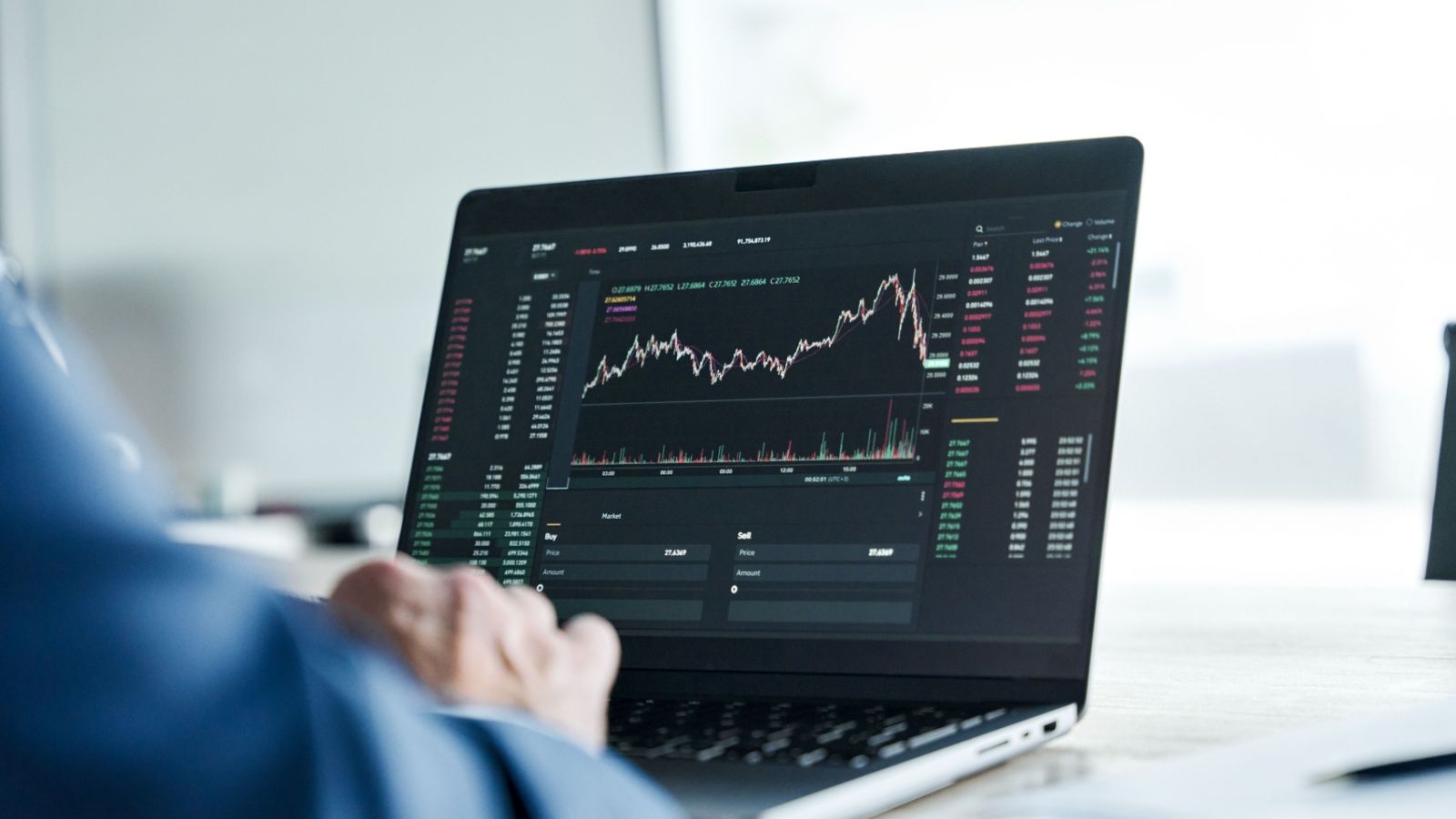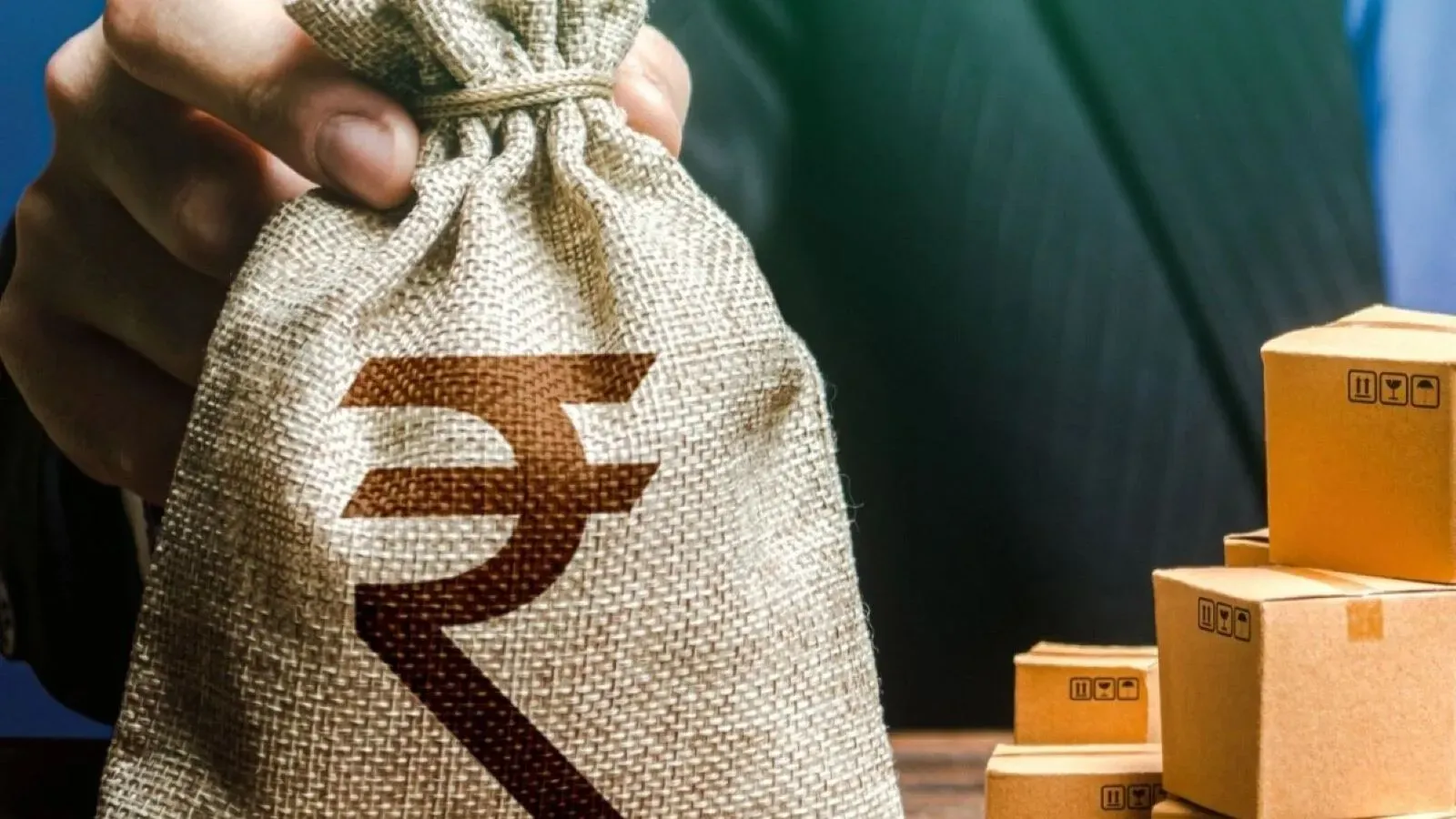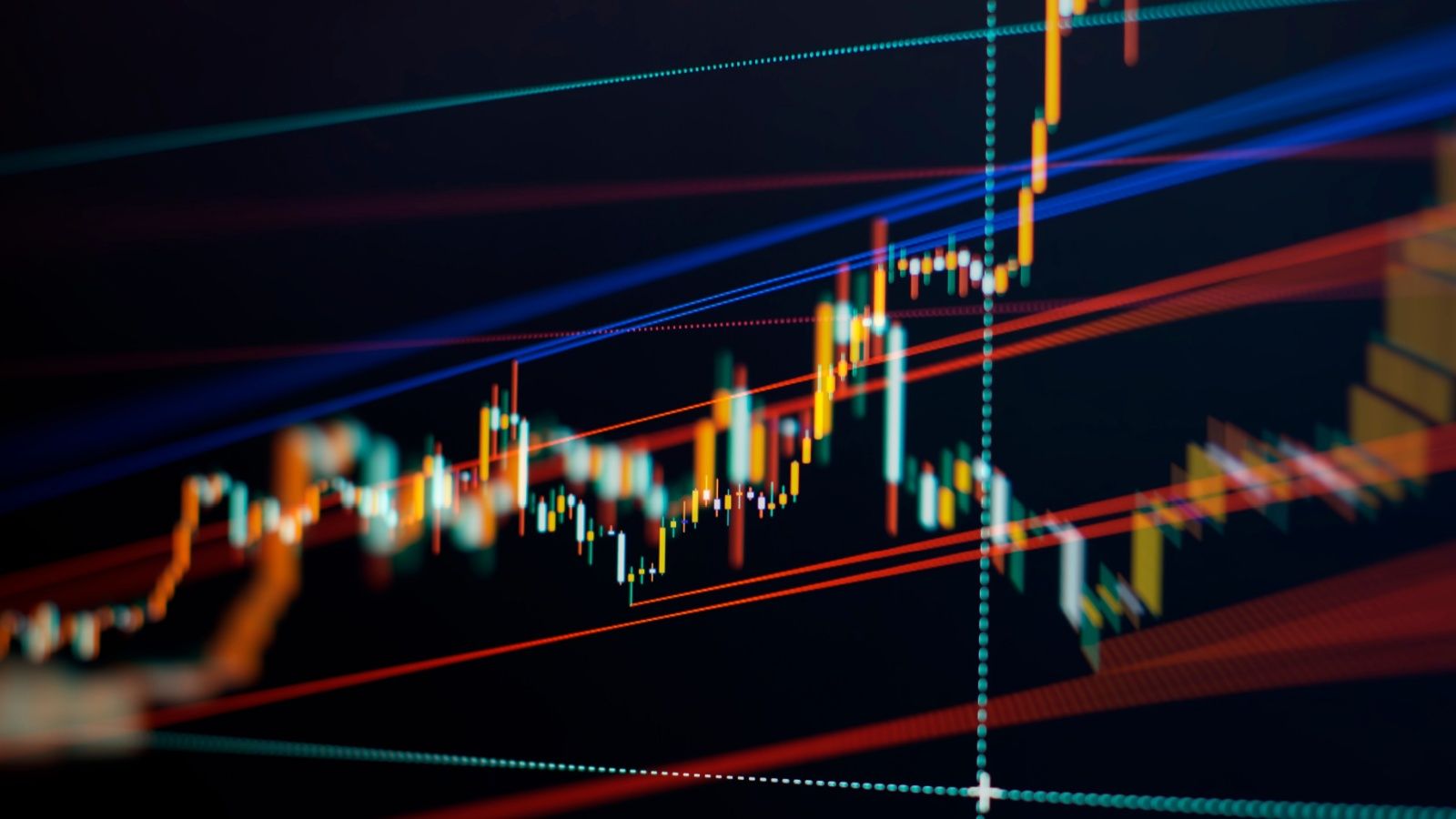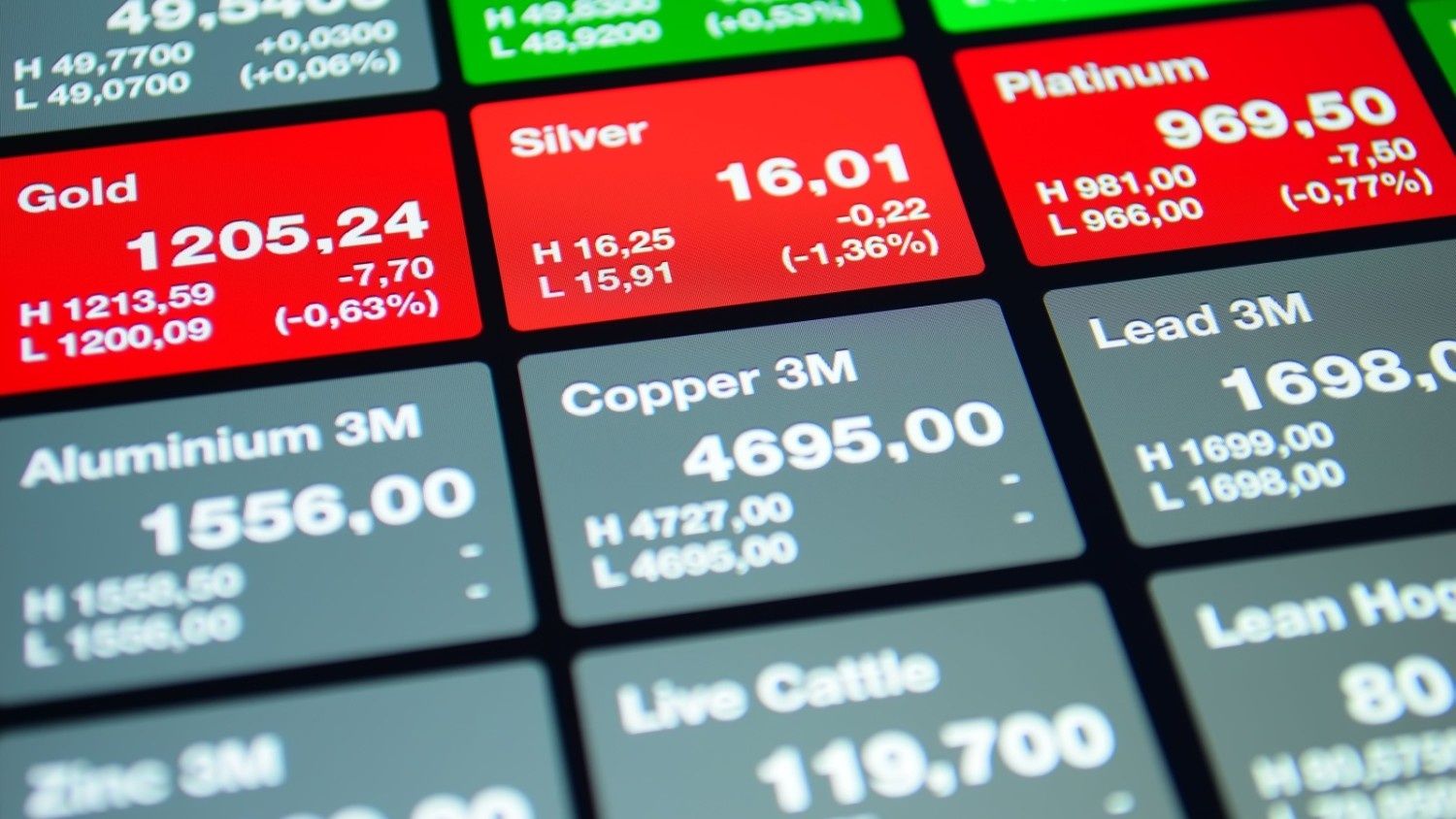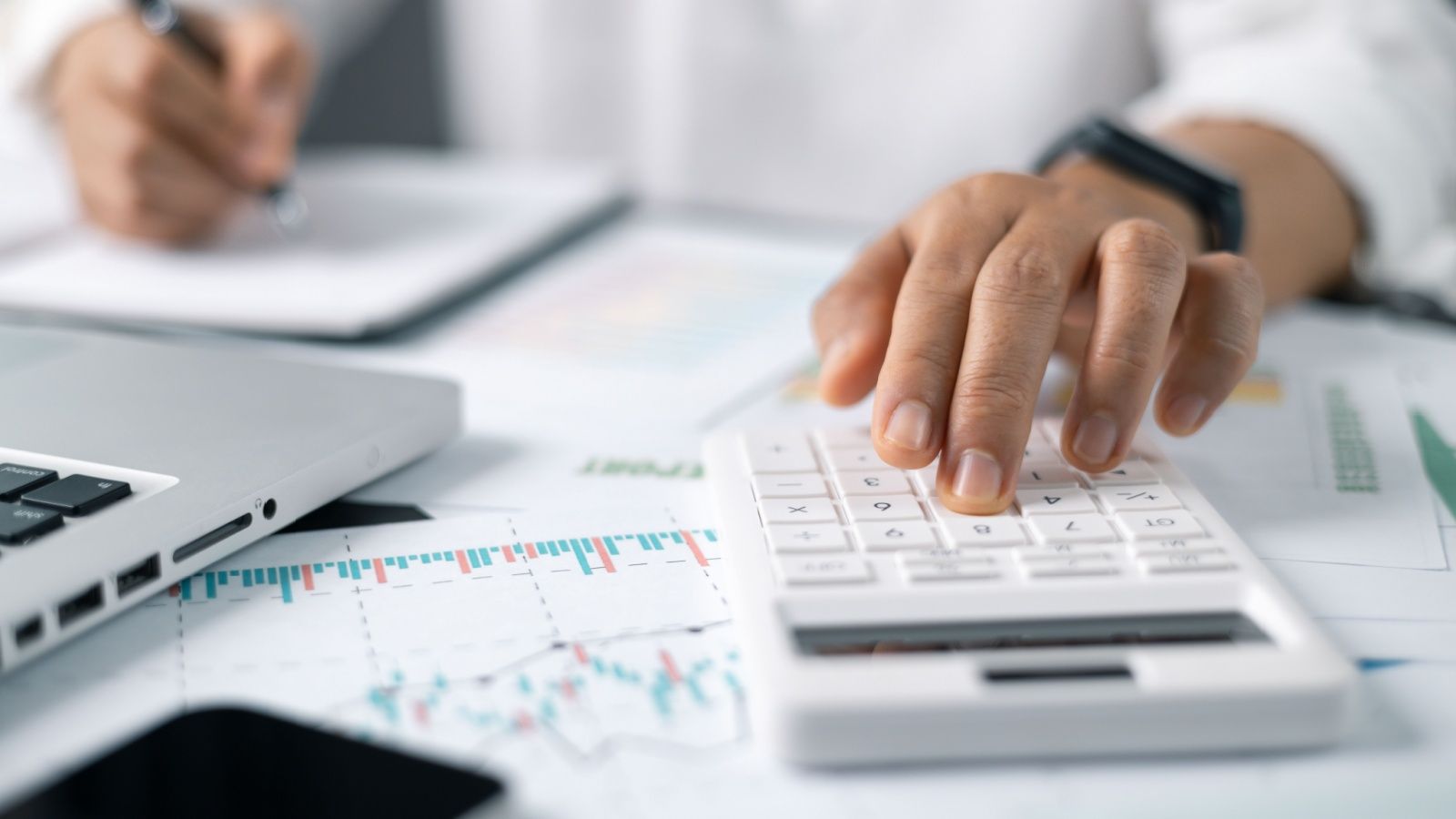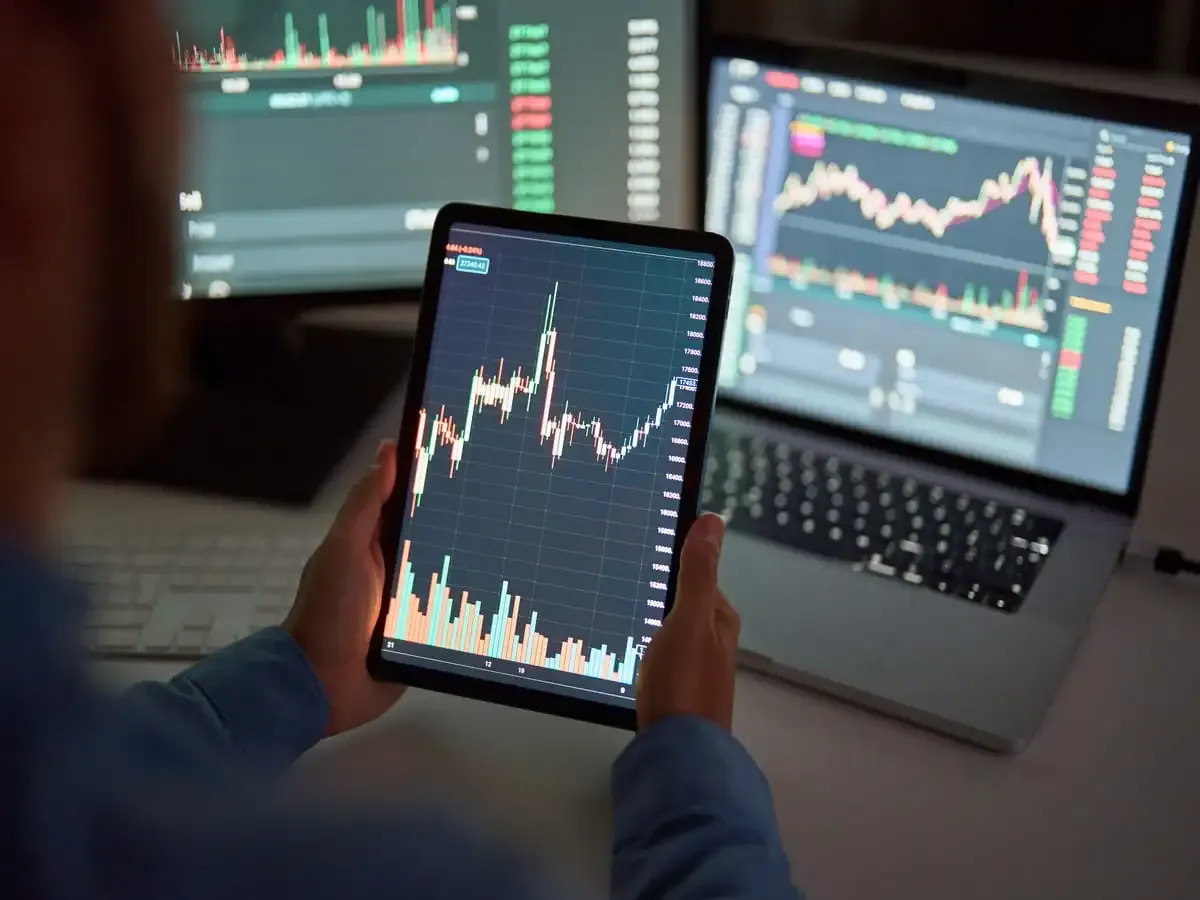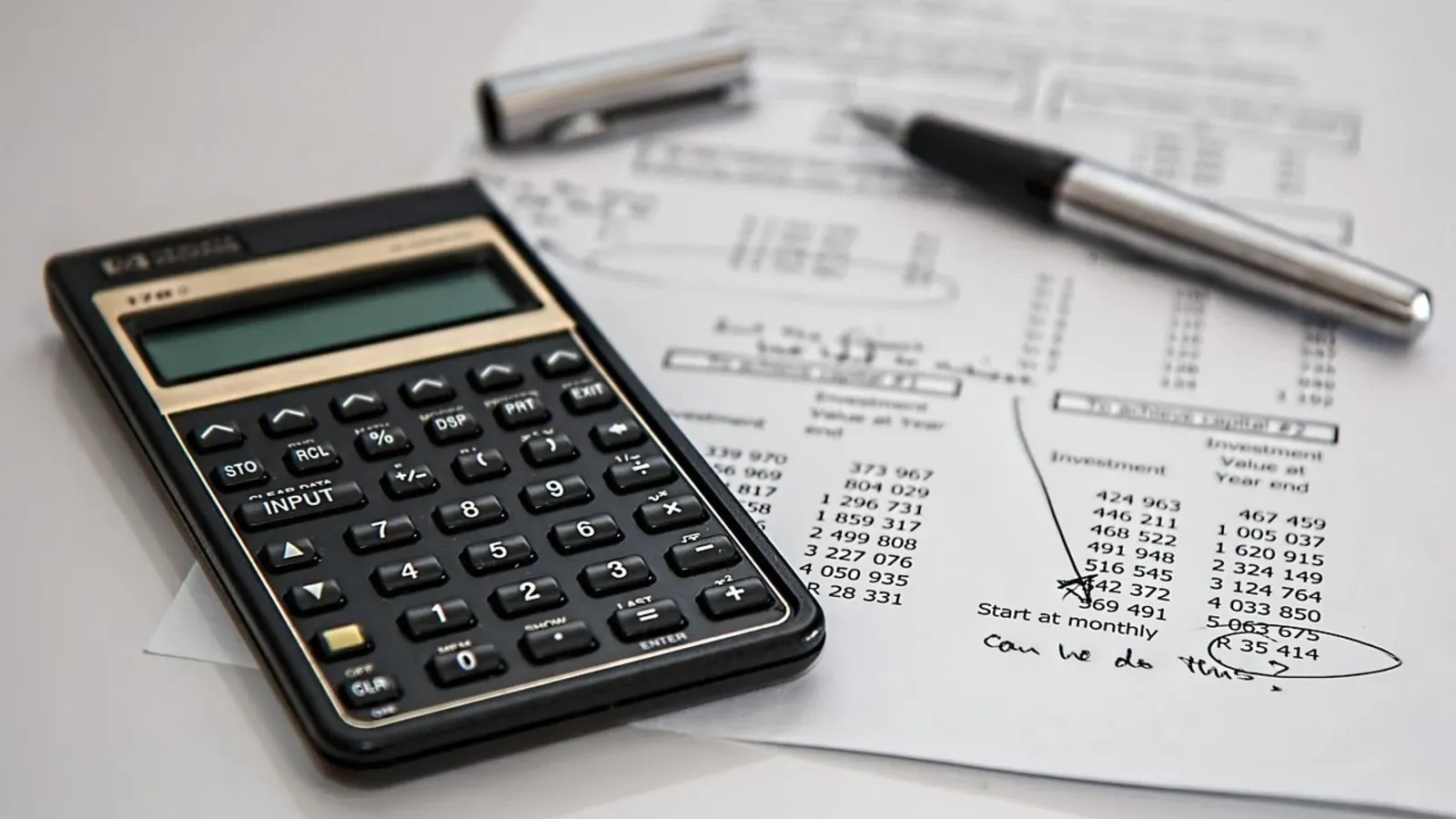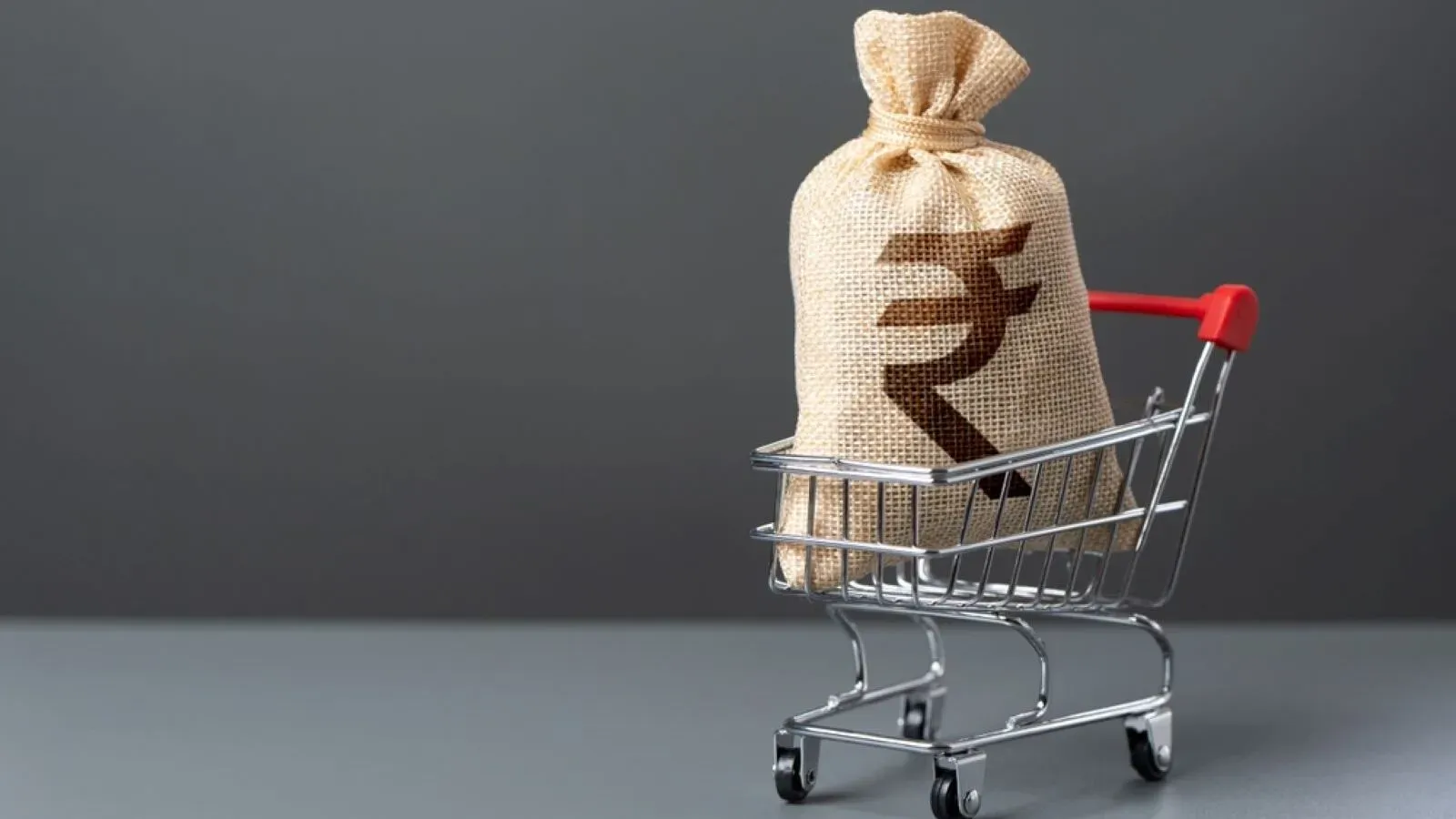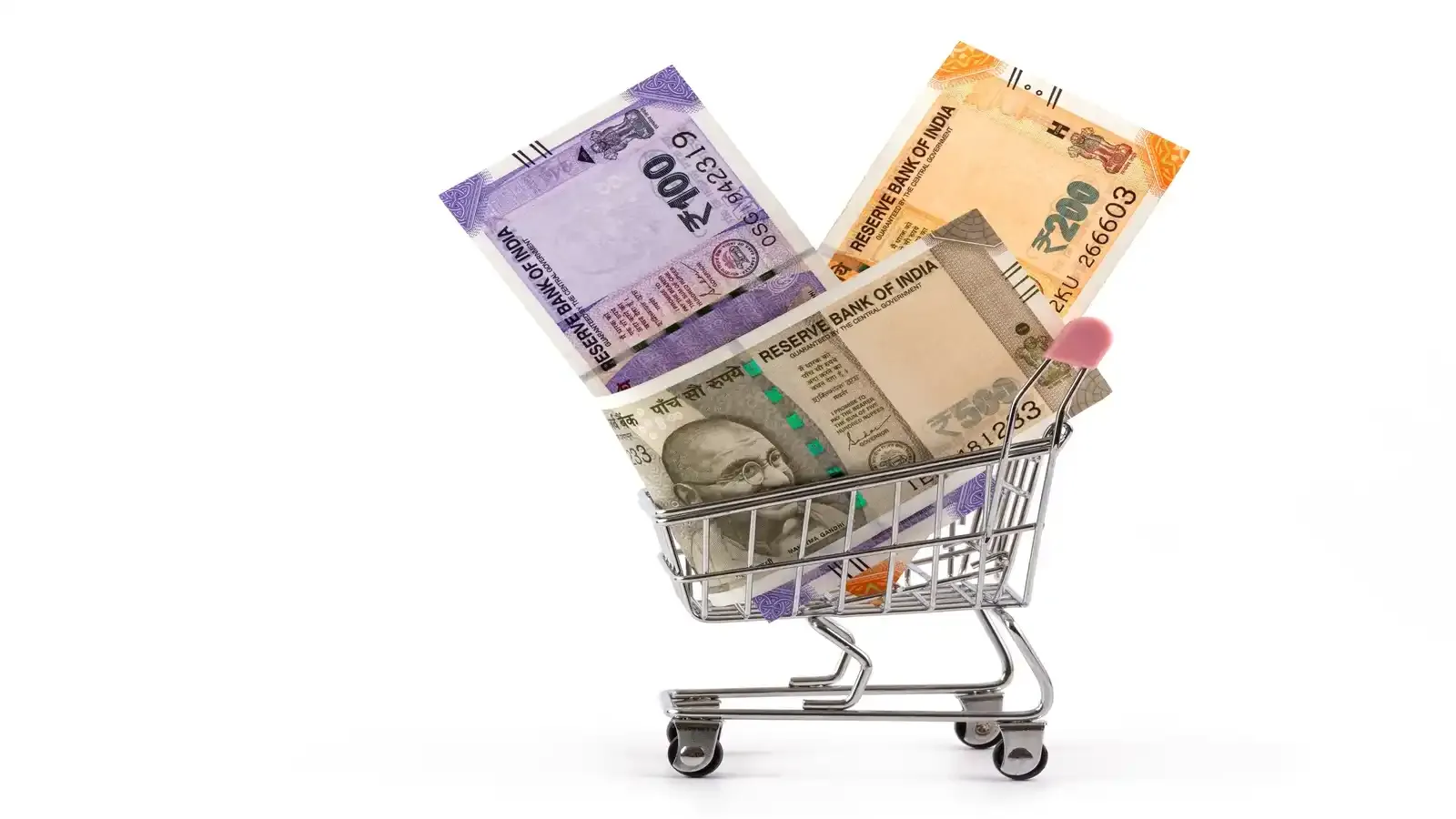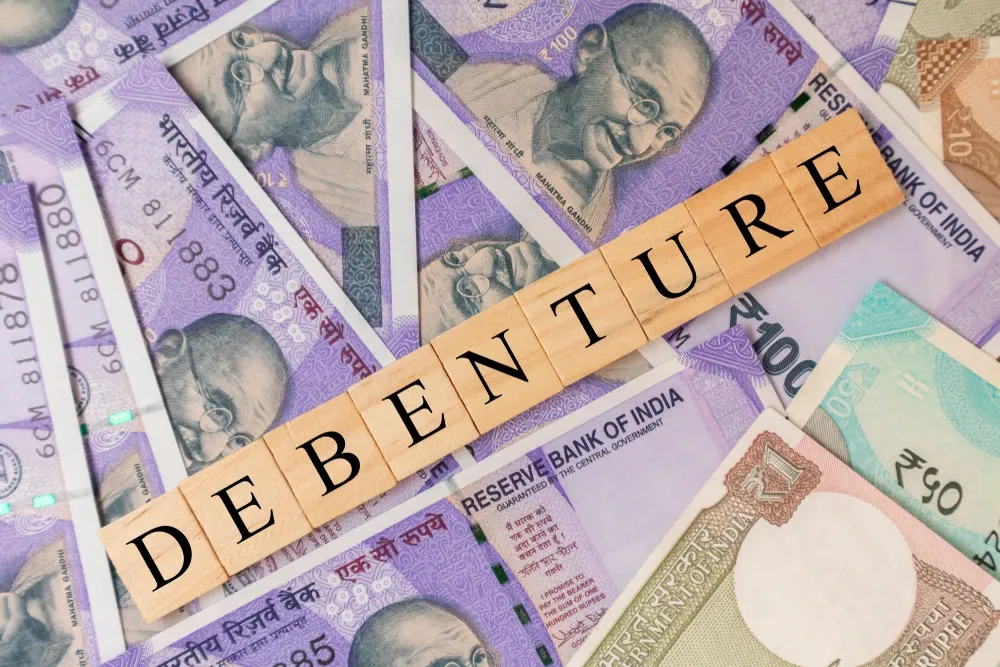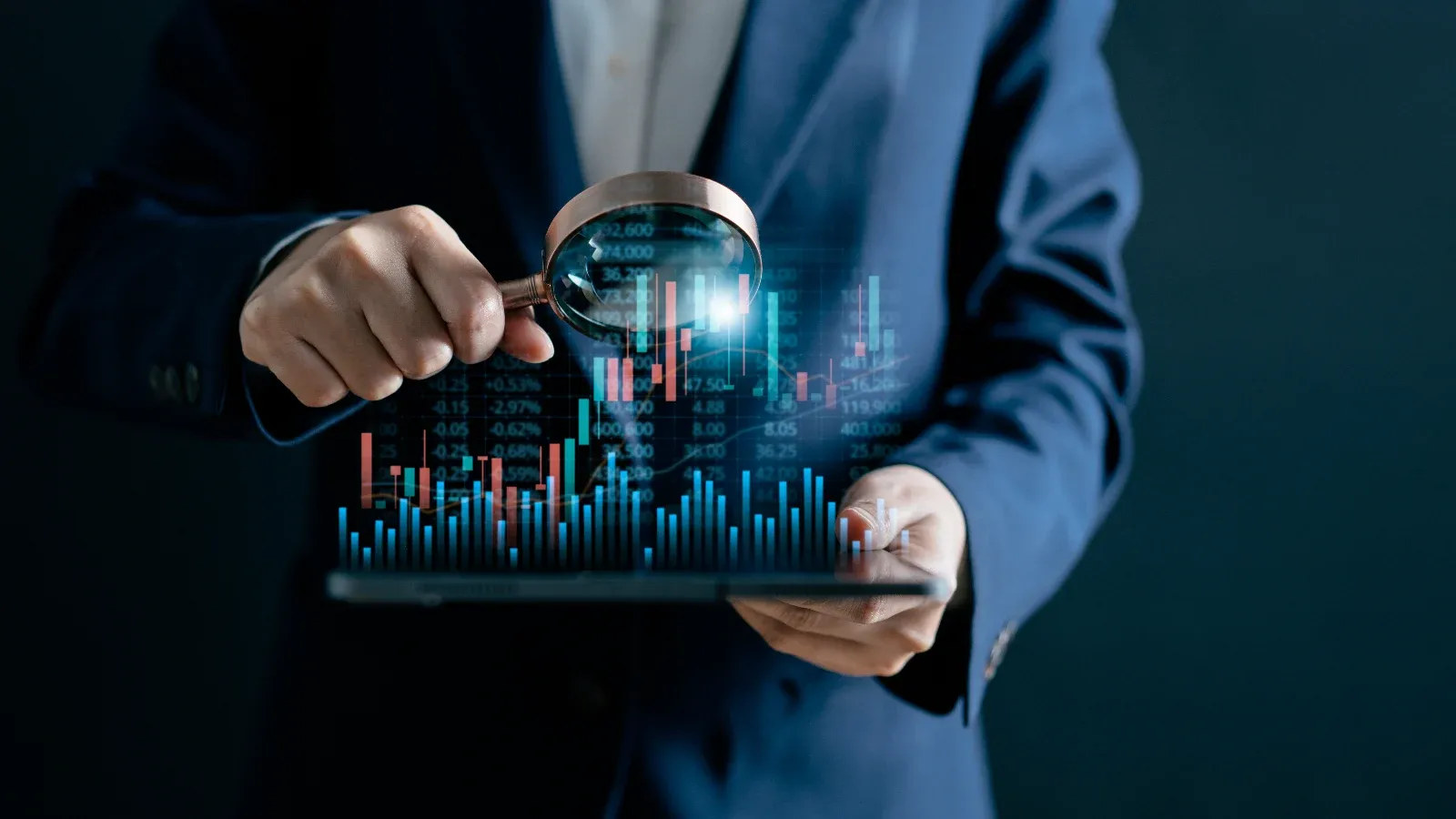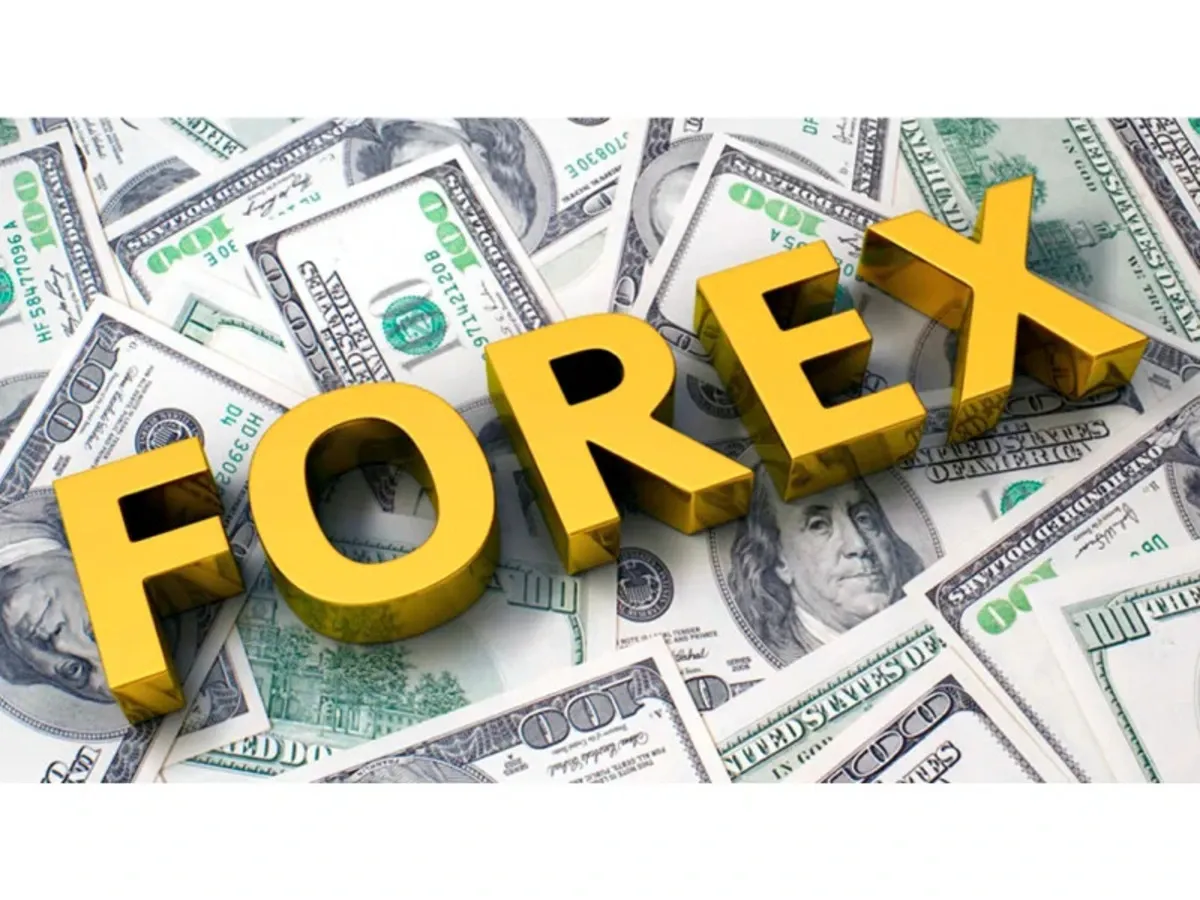Silver Futures vs Silver ETFs: Which Is Better for Investors?
Written by Dev Sethia
Published on October 23, 2025 | 4 min read
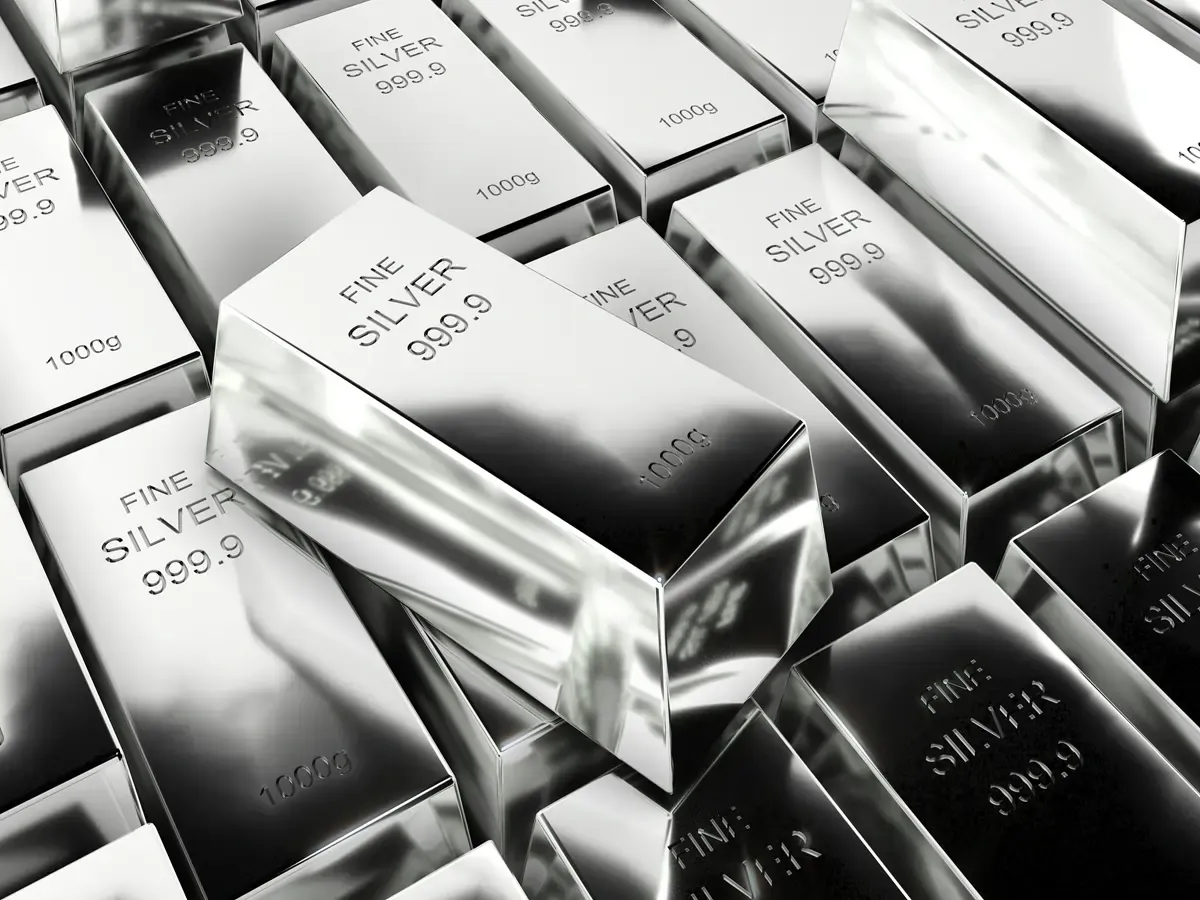
In 2025, silver’s record rally has reignited interest among investors in silver exposure strategies. Two of the leading choices are silver futures and silver ETFs. The right choice for the investor will depend on what their strategy is for investing, their risk tolerance and their investment horizon.
What Are Silver Futures and Silver ETFs?
Silver Futures are derivative contracts traded on commodity exchanges (in India - MCX) where the parties to the contract agree to buy or sell silver at a set price on a future date. Futures contracts are primarily used by traders to speculate or hedge.
Silver ETFs (exchange-traded funds) are funds traded on stock exchanges holding either physical silver or silver-backed instruments. The ETF's net asset value reflects the value of the silver or silver-backed instrument. The investor buys and sells ETF units similar to stocks.
2025 Silver Performance Context, this year, silver has outperformed gold, increasing from approximately $28.92 to $51.07 per ounce - a 69% gain. Gold gained approximately 56%. In India, ETFs have also shown strong gains and are often showing around 54% for the year to date.
Recently, silver ETFs have shown substantial premiums over NAV or even begun to diverge from futures prices, even when prices were changing and ETFs were closed for the day or overnight markets.
For example, a silver ETF increased intraday by nearly ~9% while futures were decreasing due to the timing of when the ETFs opened and possibly a mismatch in demand. In summary, this raises a key risk in liquidity and pricing discrepancies in ETF markets.
So Which One Is Better and For Whom?
Select Silver Futures If You:
- Are you an active trader or speculator seeking leverage?
- Will closely monitor positions and manage overall margin risk.
- Want exposure to price moves in the short term.
- Are comfortable with rollover costs and technical aspects of the market.
Select Silver ETFs If You:
- Prefer a less active, long-term, or “buy-and-hold” strategy.
- Want less complexity and simple rules to follow.
- Do not want to manage margin or rollover.
- Want to enter with a smaller investment or flexibility in your portfolio.
- Want to be cautious of the risks of counterparty or liquidity risks that accompany futures.
Risk Factors to Keep in Mind
FAQs
How do Silver Futures and Silver ETFs differ?
Silver futures are agreements between a buyer and a seller, in which the buyer agrees to take delivery of silver in the future at some predetermined price. Futures are generally used for speculation or hedging.
Silver ETFs, on the other hand, are funds traded on exchanges that are backed by silver or silver-related instruments. Investors have the ease of buying an ETF and gaining exposure to silver without the burden of taking delivery of the physical metal.
Is it better for long-term investors to use Silver Futures or Silver ETFs?
Generally, Silver ETFs would have higher applicability for long-term investors because they don't carry as much complexity, risk, or oversight as managing a futures agreement.
Silver futures are more applicable for experienced traders seeking to earn a profit based on short-term price changes and leverage. Futures also have relatively high risk exposure and the potential for material downside loss.
What are the risks of investing in Silver Futures?
Silver futures are quite risky because of leverage, margin calls, expiring contracts, and price fluctuations. They involve regular monitoring and are usually more suitable for experienced investors who understand derivatives.
Are Silver ETFs safe and regulated?
Yes, Silver ETFs are regulated by regulatory authorities (like SEBI in India) and usually invest in 99.99% pure silver stored in a secure vault. They have transparent prices and are typically a safe and passive investment option for retail investors.
What are the tax benefits for Silver Futures and Silver ETFs in India?
Silver ETFs are taxed the same way as debt mutual funds with a 20% long-term capital gains tax, with indexation benefits, if held longer than 36 months. Silver futures will be taxed as business income or capital gains, depending on the trading approach and the frequency of trading.
There is no universally right or wrong answer. For active traders who are confident in their ability to manage leverage and timing in the market, silver futures contracts will provide the highest level of precision and flexibility.
However, for the majority of investors looking for upside exposure to silver without the headache of futures contracts, a silver ETF is often the most prudent and easiest option, especially for longer-term investors.
Before getting started, assess your personal appetite for risk, time horizon, and ability to manage costs. As silver continues to shine in 2025, both asset classes will carve out their niche, but the best asset class will depend on how you plan to participate in the rally.
About Author
Dev Sethia
Sub-Editor
a journalism post-graduate from ACJ-Bloomberg with over three years of experience covering financial and business stories. At Upstox, he writes on capital markets and personal finance, with a keen focus on the stock market, companies, and multimedia reporting. When he’s not writing, you’ll find him on the cricket pitch
Read more from DevUpstox is a leading Indian financial services company that offers online trading and investment services in stocks, commodities, currencies, mutual funds, and more. Founded in 2009 and headquartered in Mumbai, Upstox is backed by prominent investors including Ratan Tata, Tiger Global, and Kalaari Capital. It operates under RKSV Securities and is registered with SEBI, NSE, BSE, and other regulatory bodies, ensuring secure and compliant trading experiences.




